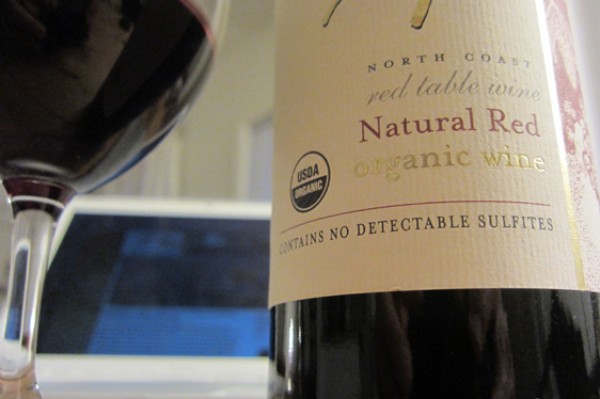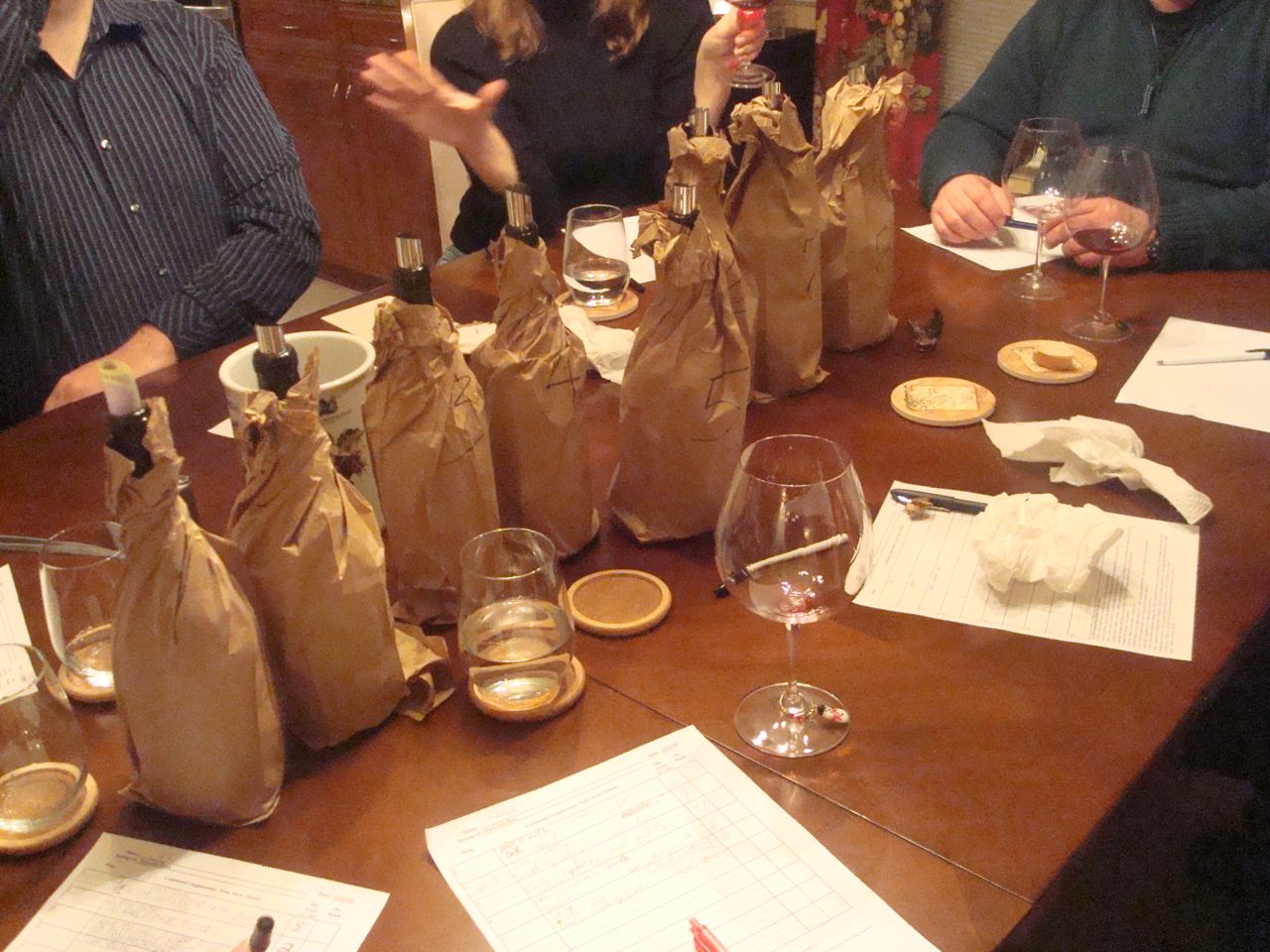Sulfate, Sulfite, Sulfide

One of the positive trends in the agriculture industry is the push toward natural farming and food production methods that are environmentally friendly. They promote healthy soils, and limit the potential for exposure to toxic chemicals in the food chain. The wine industry has been on the leading edge with organic farming methods, as well as low impact wine making in the cellar.
One substance that leads to mass confusion is sulfur. I see this frequently in dealing with consumers, so this month I will address the role of sulfur in wine making, and why in limited amounts it’s considered a winemaker’s best friend.
Sulfate, sulfite, and sulfide are the three common basic oxidation states of the sulfur molecule, or in chemical terms the SO42-, SO32-, and S2- ions respectively. Microbes in wine are able to convert sulfate to sulfite, then sulfide through metabolic pathways. Sulfate, along with thiosulfate (S2O32-), are common sources of sulfur ions in amino acid biosynthesis and occur naturally in grapes in the form of potassium sulfate and potassium thiosulfate.
Sulfite occurs naturally in grapes in small amounts, but is limited in concentration by the vine as its elemental form SO2(aq) disrupts cell membranes. Some amount of sulfite gets produced by yeast during fermentation through sulfate conversion.
Sulfides are a group of organosulfur compounds called thioethers, which are similar to ether, except the oxygen molecule is replaced by sulfur. Compounds such as hydrogen sulfide (H2S) and dimethyl sulfide (DMS) are a part of this group. They’re known for being the stinky sulfur compounds. They’re present in all wines, and in trace amounts add to complexity, but are offensive if too abundant.
Understanding Sulfites
It’s the sulfite form which is the sticking point of the sulfur argument, as that’s what winemakers use as an additive to their wine. To understand how sulfite works, one must understand how it behaves across the pH spectrum.
Wines typically range from a pH of 3.0 to 4.0, with averages around 3.3 to 3.6 for whites and 3.4 to 3.8 for reds. Sulfite has three basic ion forms in solution: the sulfite ion (SO32-), bisulfite (HSO3-), and sulfur dioxide (SO2(aq)), also known as the molecular or elemental form. The sulfite ion is the common form above pH values of 7.18, and is very limited below pH values of 5.0. Bisulfite is the major form between pH values of 1.86 and 7.18, and is the predominant form in wine. Molecular SO2 is the second most common species at wine pH and its concentration as a percentage in solution will range roughly from 5.56% at a pH of 3.0 to 0.585% at a pH of 4.0.
Sulfites are added to wine for two basic reasons: to control unwanted microbial growth, and to preserve the wine from oxidation. Molecular SO2 is the form responsible for antimicrobial activity due to its ability to disrupt cell membranes, effectively killing single celled organisms. Wines that are more acidic with lower pH values require less SO2 to maintain effective kill levels for spoilage microbes. The trend towards over-ripe, full and fruity wine, which tends to have higher pH values, requires more SO2 in the winery.
The bisulfite form is primarily responsible for anti-oxidation. Bisulfite in and of itself is actually a very poor antioxidant. Its binding rates with oxygen are far too slow compared with other compounds present in wine that often react with oxygen enzymatically. What bisulfite does do is bind exceptionally well to the byproducts of those oxidation reactions, essentially sequestering them from sensory impact. Bisulfite also binds with many other compounds, particularly sugar. As a result, a larger total SO2 addition is required at higher pH values, or when wines are sweeter, to have enough free SO2 available in the wine versus what binds to other molecules.
The moral of the science is, if you want less SO2, drink drier and more acidic wines. The push for no SO2 winemaking is not one I’m in favor of, because when used judiciously it keeps wine fresh from oxidation and spoilage. SO2 became a hot button issue as people were told it was an allergen. Molecular SO2 when concentrated is a strong irritant that bothers the mucus membranes, but very few people are truly allergic to it. Those who are usually are severe asthmatics. The truth is, the human body produces far more SO2 per day than is present in an average bottle of wine, and it’s a common food preservative time tested in wine making since ancient Rome.




